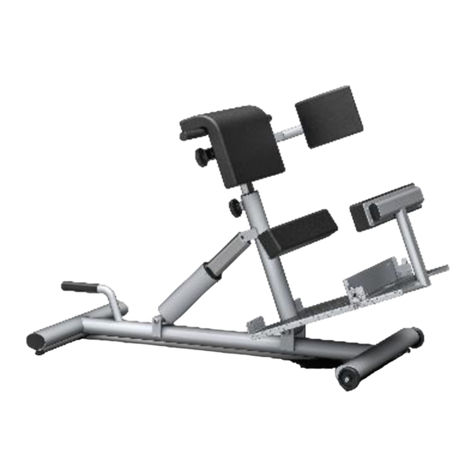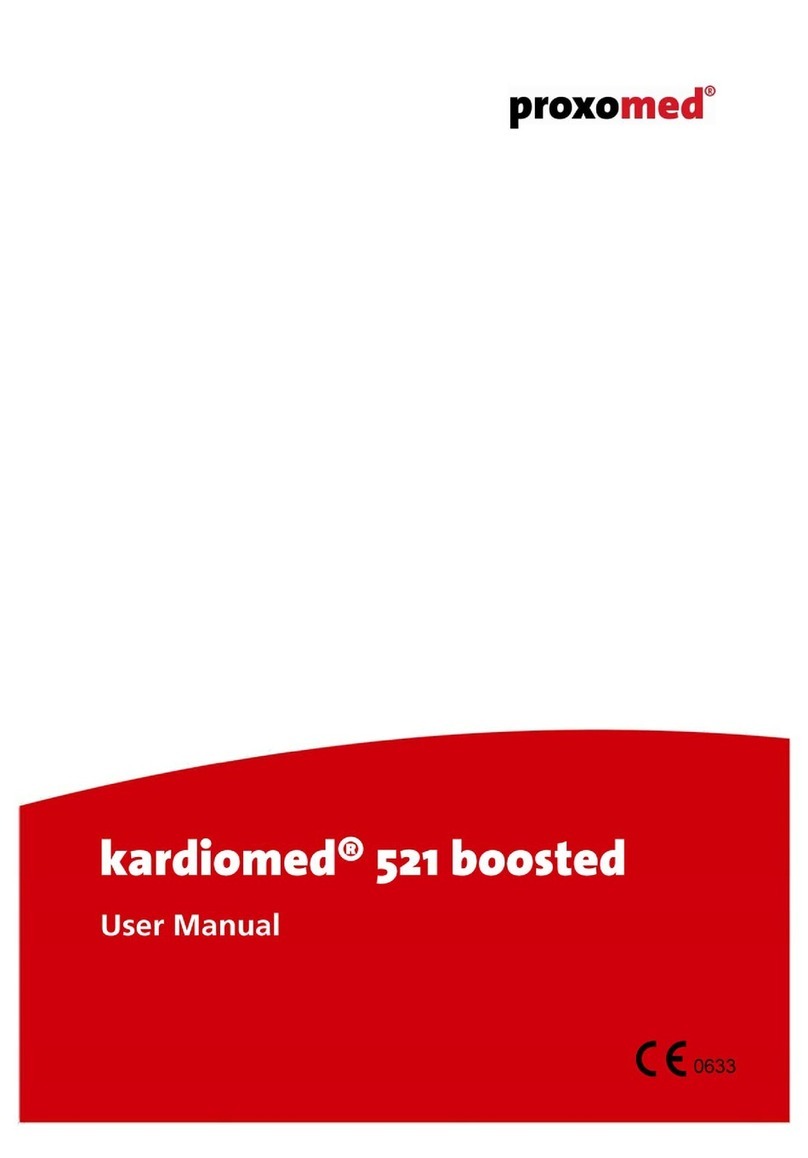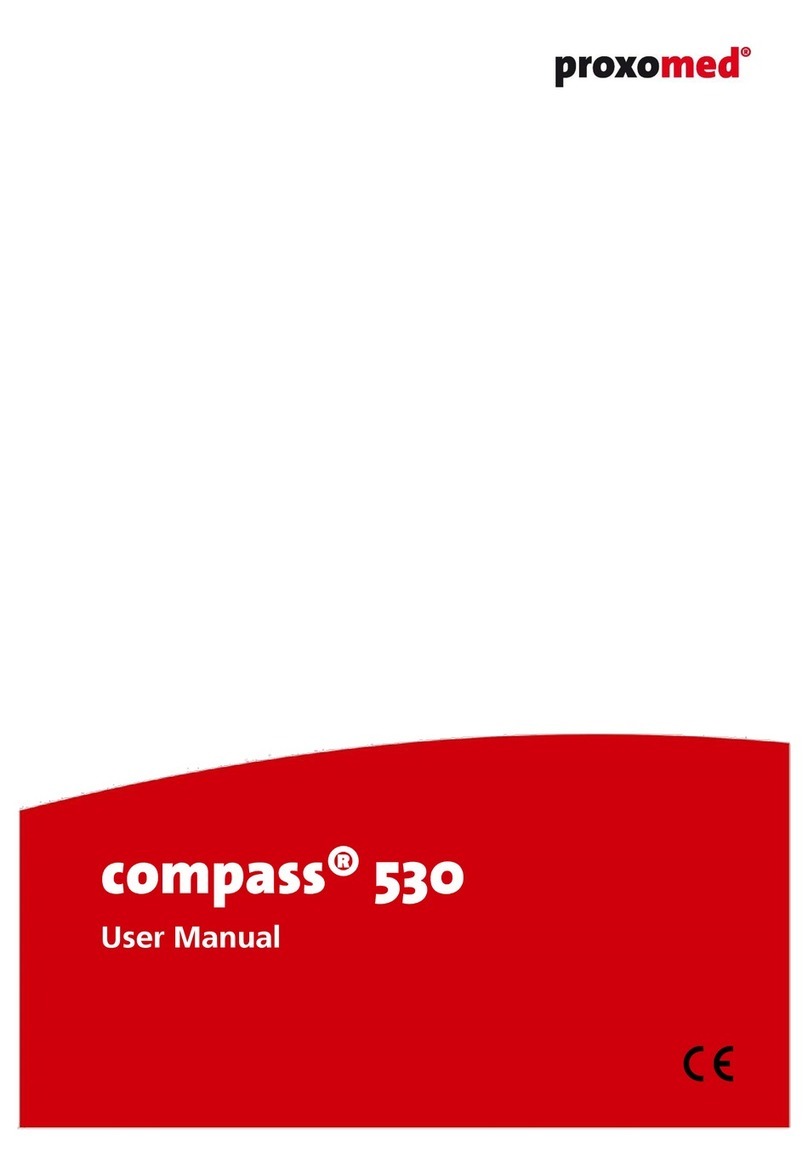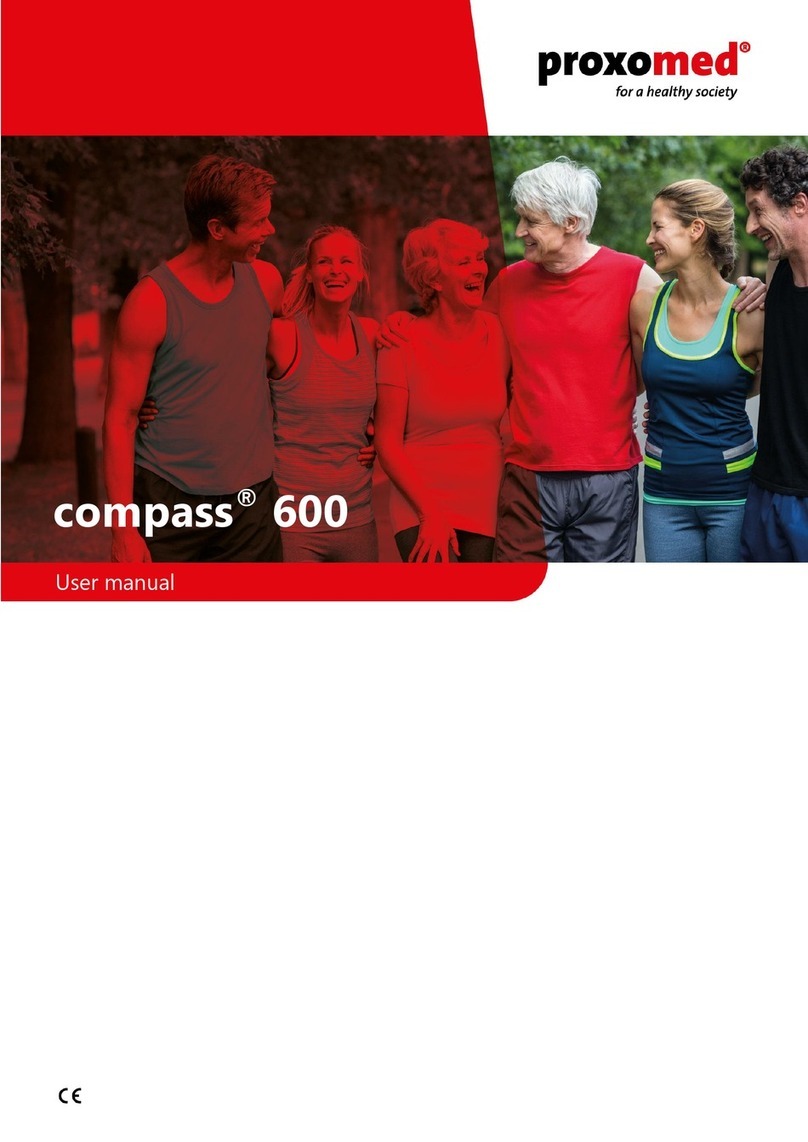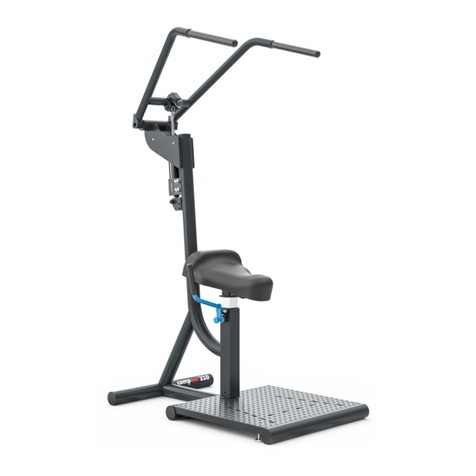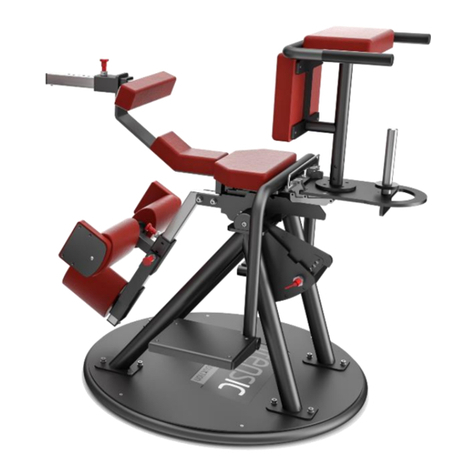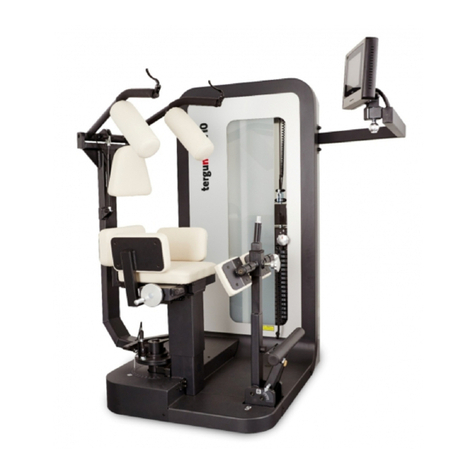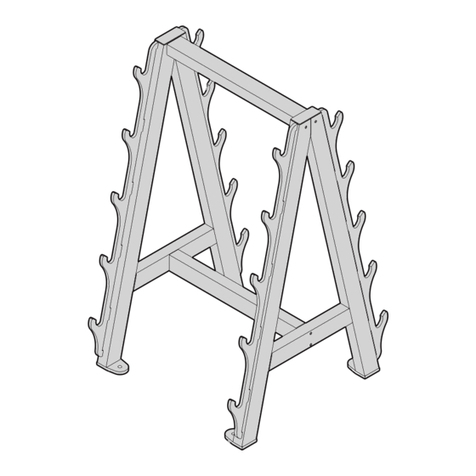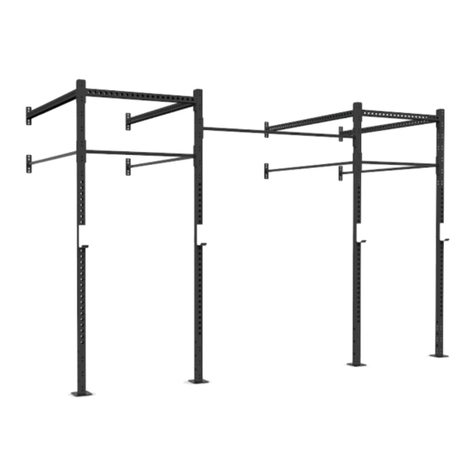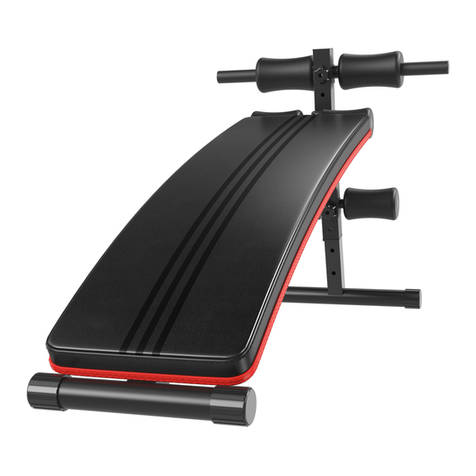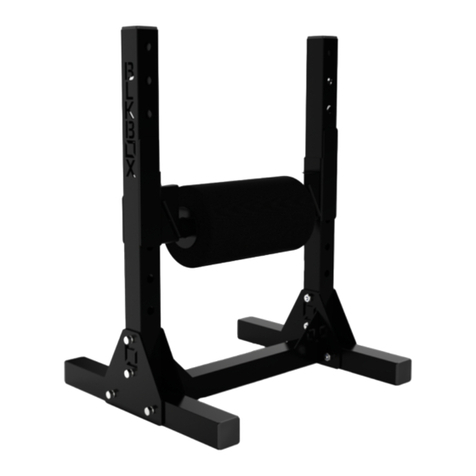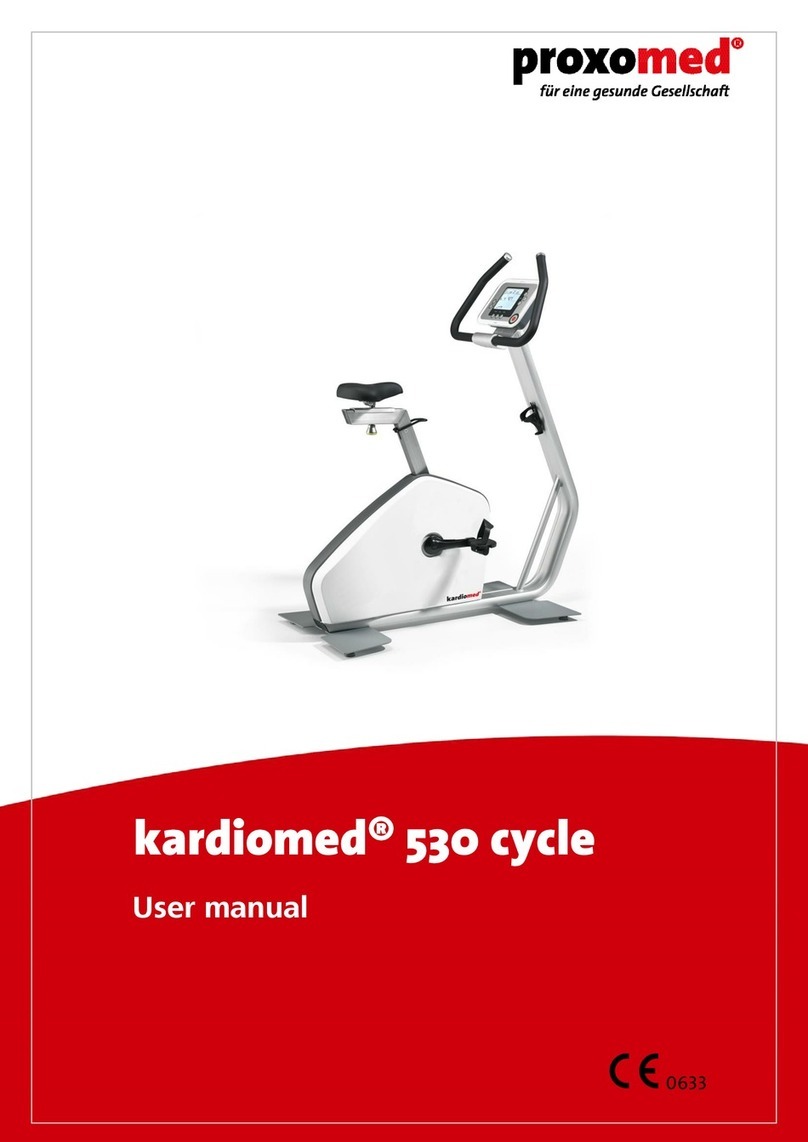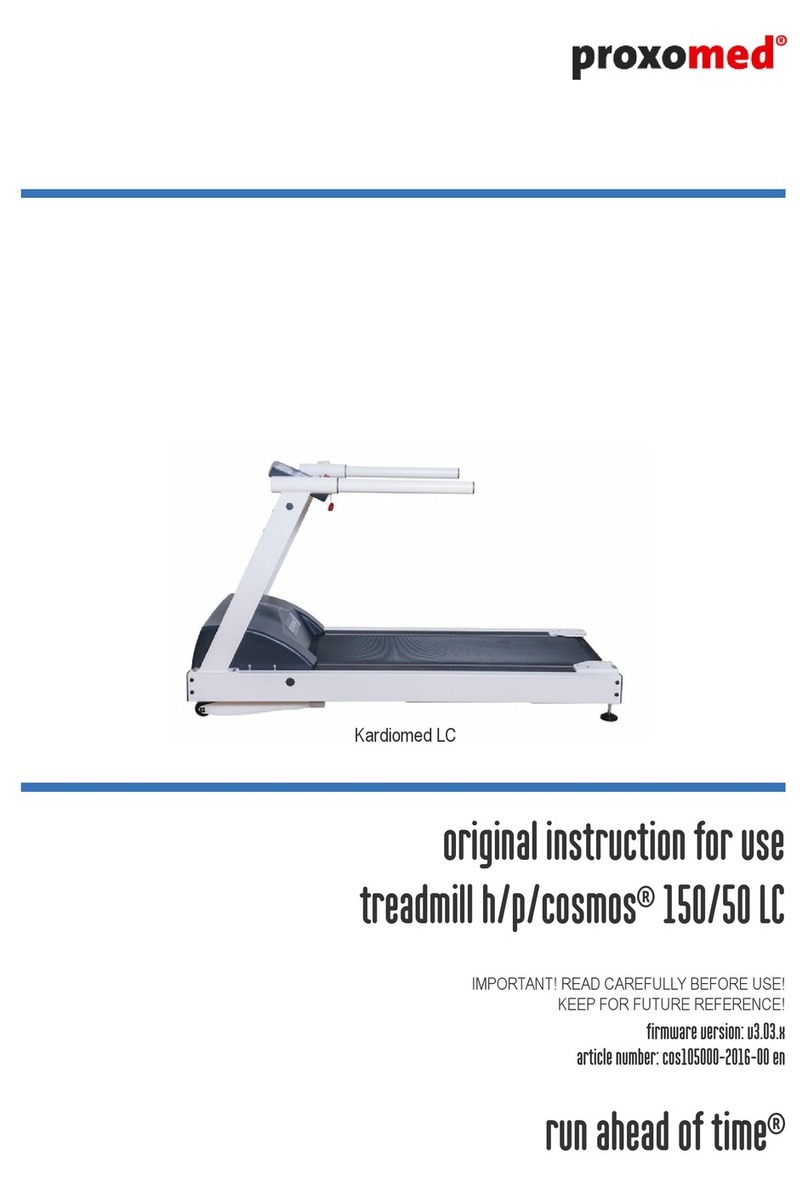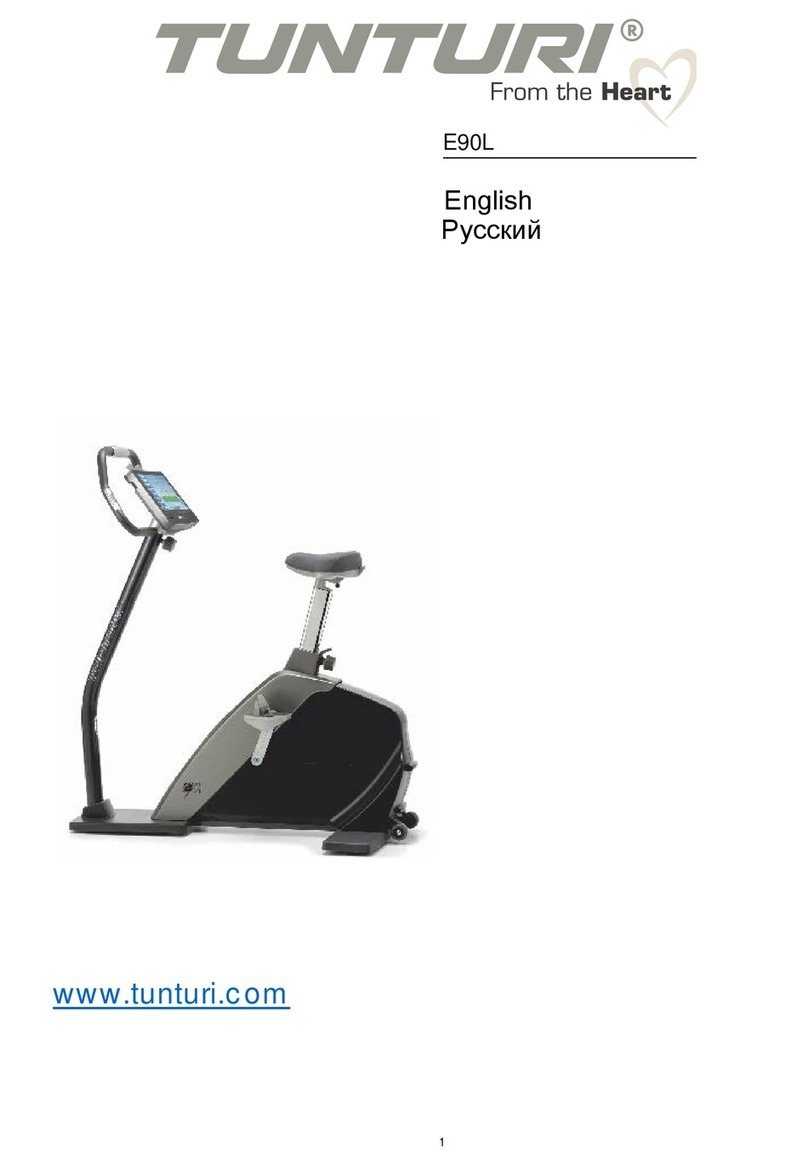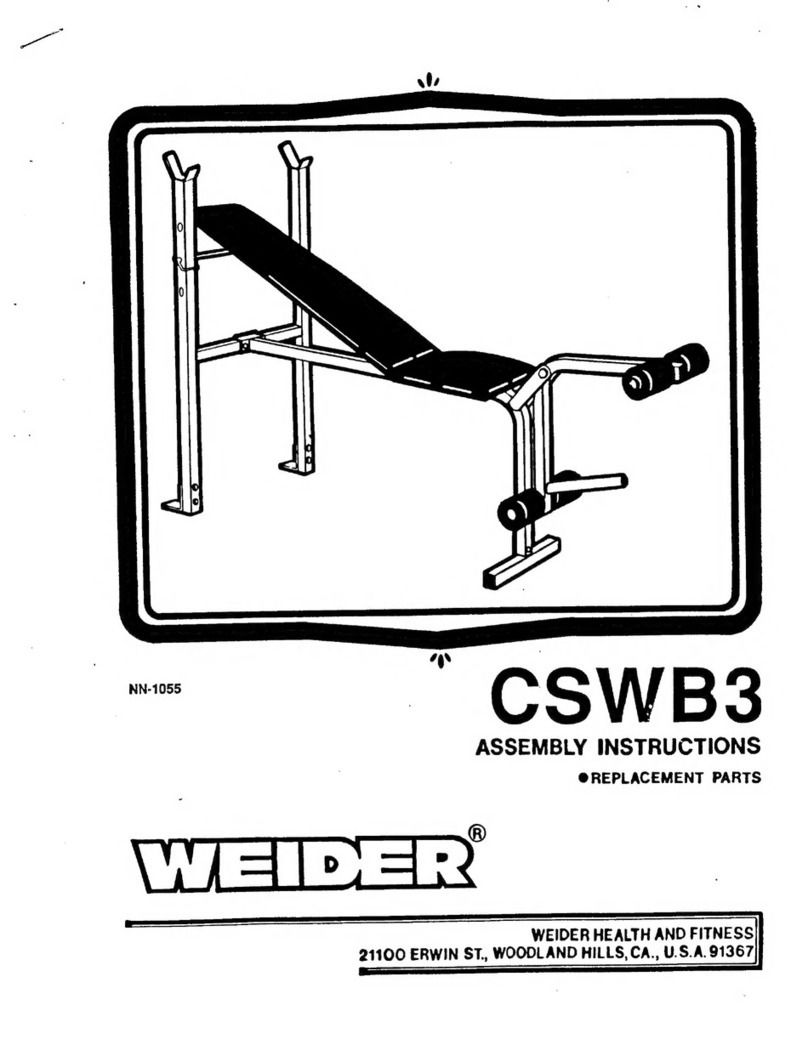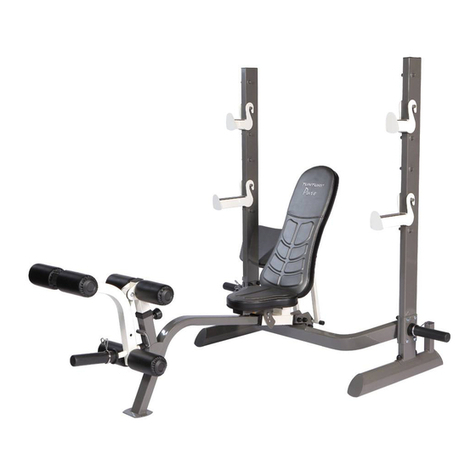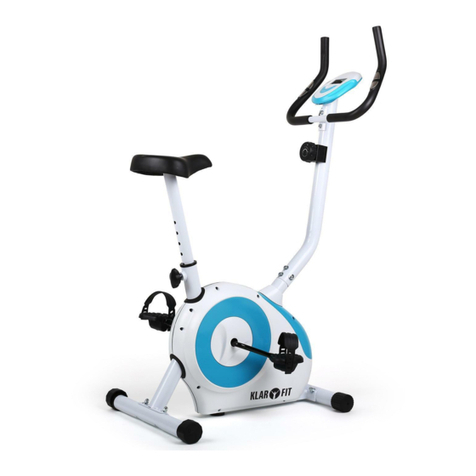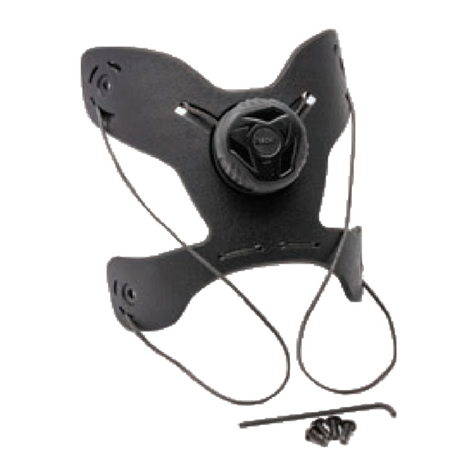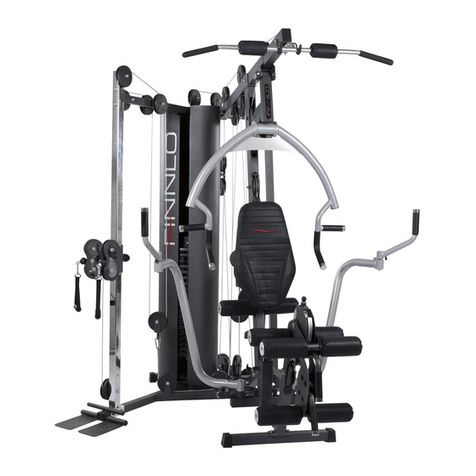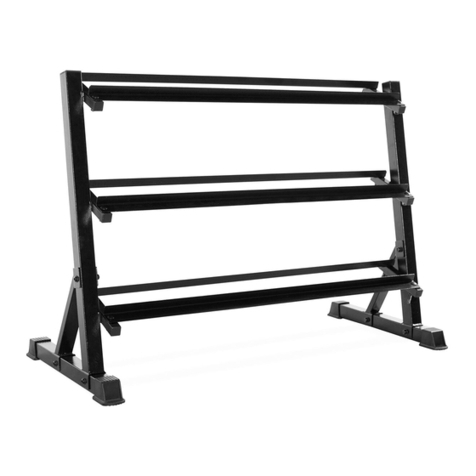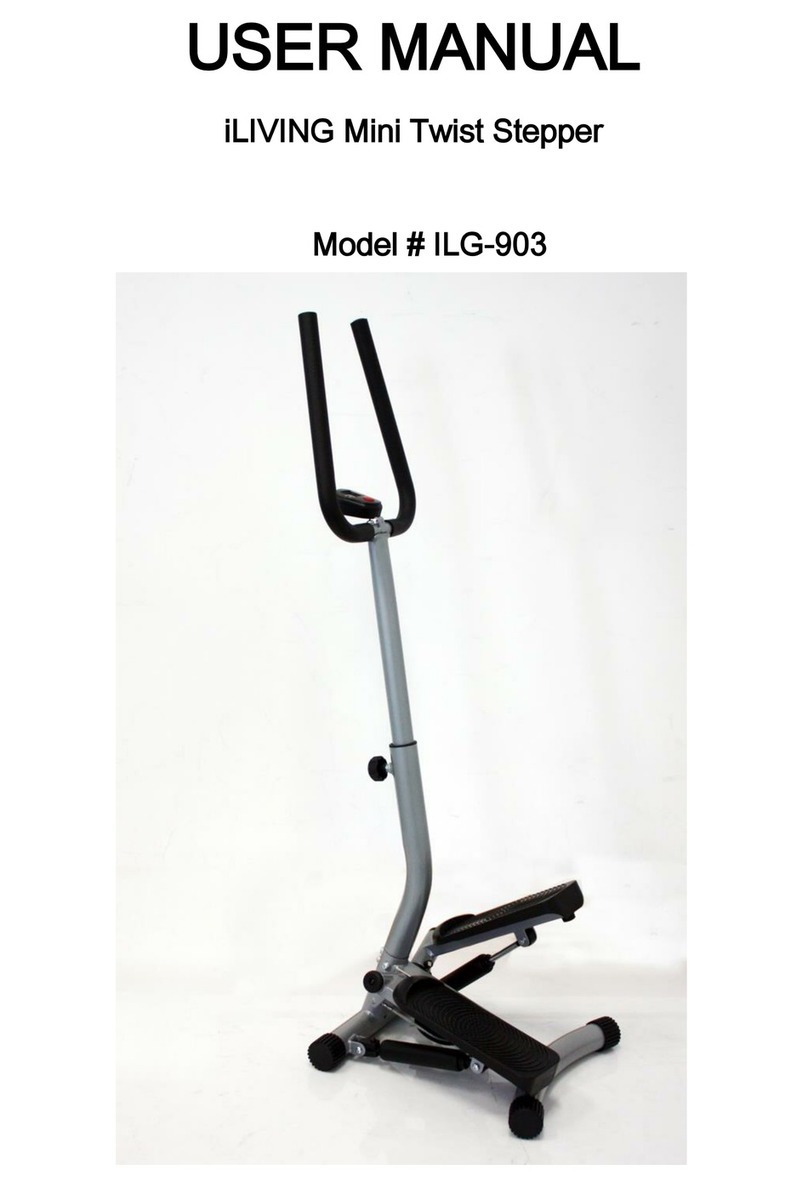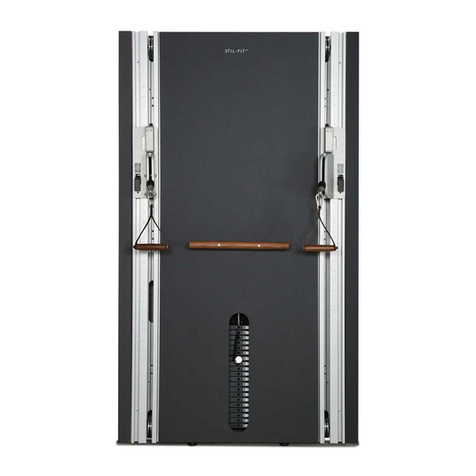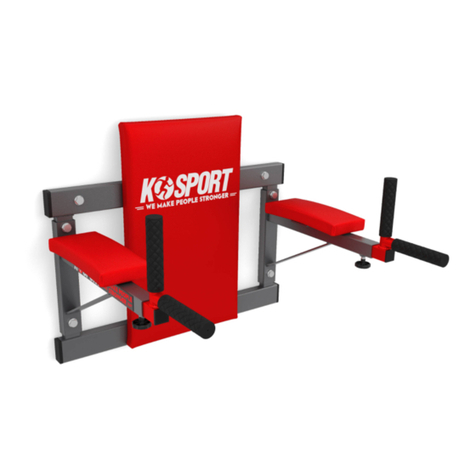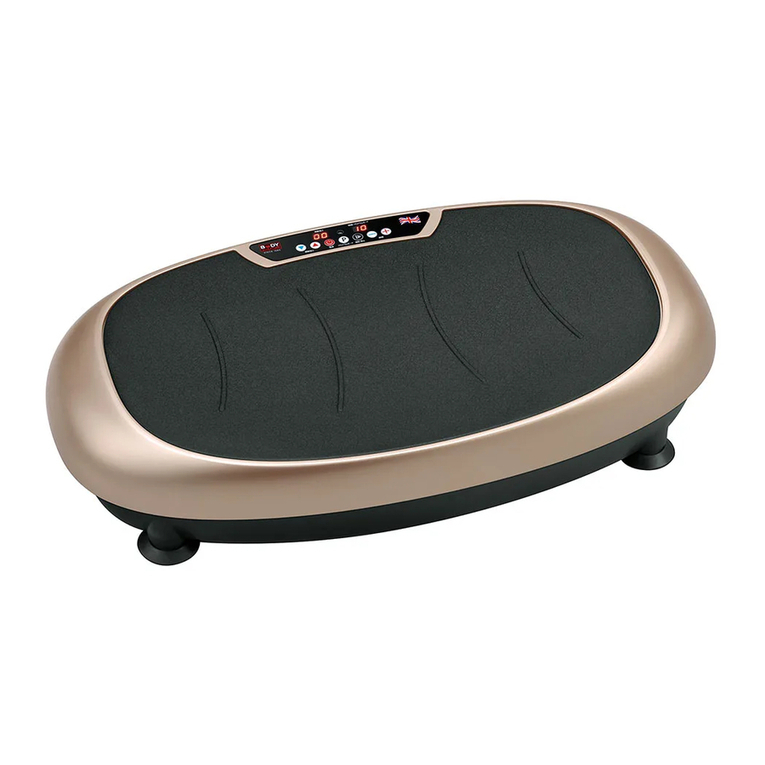User Manual Page 3 of 22 Version 1.2
Inhaltsverzeichnis
1General ...................................................................................................................................................4
2Identification and Specification, General Warnings............................................................................4
2.1 Identification and Specification..................................................................................................................4
2.2 Range of Application ................................................................................................................................4
2.3 General Warnings .....................................................................................................................................5
2.4 Safety Note...............................................................................................................................................5
3Identification of User Manual ...............................................................................................................6
4Modification of Products.......................................................................................................................6
5Importance of the User Manual............................................................................................................6
6Preparation of Product for First Use.....................................................................................................6
6.1 Transport..................................................................................................................................................6
6.2 Storage.....................................................................................................................................................6
6.3 Installation................................................................................................................................................6
6.4 Setting-up Operation ................................................................................................................................7
7Hydraulic Resistance System.................................................................................................................7
7.1 Details for the Mechanical Model of the Hydraulic Resistance System ........................................................8
7.2 Technical Data of Hydraulic Resistance Encoder .........................................................................................9
7.3 Special safety Instructions for the Hydraulic Resistance System...................................................................9
8Exercise Guidance and Technical Data for the Training Devices ........................................................9
8.1 Common Training Advices ........................................................................................................................9
8.2Ab-/Adductor, Art. 10666100...................................................................................................................10
Purpose of Use .......................................................................................................................................................10
8.3 Pulldown/ Shoulder press, Art. 10666400 .................................................................................................11
8.4 Chest press/Rowing, Art. 10666200 ..........................................................................................................12
8.5 Back extension/flexion Art. 10666600 .......................................................................................................13
8.6 Butterfly/Butterfly Reverse Art. 10666300 .................................................................................................14
8.7 Hip extension left, Art. 10666700 .............................................................................................................15
8.8 Hip extension right, Art. 10666800 ...........................................................................................................16
8.9 Squad, Art. 10666500 ..............................................................................................................................17
8.10 Chest press/Rowing vertical, Art. 10667000 ..............................................................................................18
8.11 Important Training Advices........................................................................................................................19
9Maintenance and Service ......................................................................................................................19
9.1 General ....................................................................................................................................................19
9.2 Maintenance Manual of the Equipment for the Operator ..........................................................................19
9.3 Maintenance Manual for the Hydraulic Resistance Disposer for the Operator .............................................20
10 Warranty ................................................................................................................................................21
10.1 Customer Service ......................................................................................................................................21




















